The future of landscape architecture, fueled by the energy of emerging leaders, looks quite bright.
Virtual Landscape Architecture Professional Advisory Council (PAC) meeting.
At the University of Washington College of Built Environments, the Landscape Architecture Department collaborates with a network of local professionals to develop actionable goals that support incoming students and emerging professionals. The group, known as the Landscape Architecture Professional Advisory Council (PAC), includes roughly 24 professionals, faculty, and student leaders. Professionals represent offices across the Puget Sound region, expanding the network, perspectives, and opportunities beyond the campus and city limits of Seattle.
One of the PAC professional members is The Watershed Company’s own, Grayson Morris, an alumnus to the UW Master of Landscape Architecture program. Grayson joined the PAC this time last year and is serving a 3-year term on the council. As a professional who emerged not too long ago by putting to use the resources generated by this collaboration, Grayson says he sees the value that the PAC brings to the student experience.
PAC professionals sponsor events where local professionals can engage with students. “The [PAC] is continuously evaluating how we can support the department to better engage students, and enrich the landscape architecture program,” Grayson said. “Students find the events coordinated by the PAC helpful because it connects them directly with leaders in the profession.”
Portfolio reviews and sharing internship resources, considered essential for finding a job after college, are efforts led by the PAC to promote students as emerging professionals. Another event called a ‘digital sketch crawl’ was led by Susanna Ryan, artist and author of the Seattle Walk Report. Ryan encouraged landscape architecture students and professionals to walk neighborhoods and observe and communicate a story of their experience in their environment through sketching. The exercise challenged participants to both organize their observations and pay attention to design features around them that often go unnoticed. Students and professionals alike were able to reflect upon and discuss their approach to the prompt.
Beyond events, the PAC provides support to students in the form of financial assistance when it can. This year, in response to the pandemic, the PAC assisted the Landscape Architecture Department in expanding the Student Emergency Fund. That effort rerouted PAC funds from cancelled events to eligible students, for use toward college-related expenses.
The PAC has several sub-committees, all with specific functions to help support the Department’s needs, such as Advocacy and Outreach, Student Support, Research and Education, and more recently, Justice Equity Diversity & Inclusion. Grayson leads the Research and Education committee, which is focused on identifying the students’ professional aspirations and connecting them with resources to realize those interests. This includes gathering and synthesizing information on available internship programs, as well as illuminating clear pathways toward rewarding design-research collaborations between students and firms. All sub-committees bring perspective to the ongoing discussion on creating a more inclusive and accessible PAC.
As Grayson finishes his first year with the PAC, amidst major social change, he reflects: “It’s an exciting time for the profession, with the opportunity [for students] to emerge more socially responsive and with the ability to affect greater positive change in our built environments. I’m grateful to be part of that conversation and action.”








